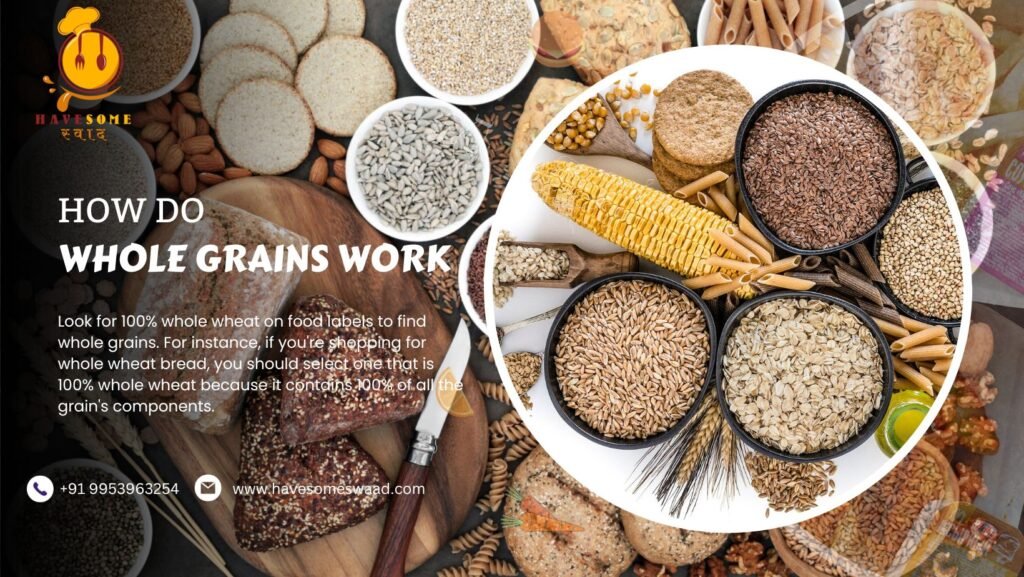Whole Grains
When consumed in their “whole” state, a variety of grains including wheat, corn, rice, oats, barley, quinoa, sorghum, spelt and rye are considered to be whole grains. This is what it indicates: Precisely what it sounds like when you look at a grain – the complete grain. The bran, germ, and endosperm (the starchy portion) are the three components that make up this. Look for 100% whole wheat on food labels to find whole grains. For instance, if you’re shopping for whole wheat bread, you should select one that is 100% whole wheat because it contains 100% of all the grain’s components.
On the other hand, the term “refined” refers to simply the starchy portion of the grain, not the entire grain. When referring to white bread, the word “refined” is frequently used. Many of the nutrients contained in grains are absent from the grains utilized in these products. Non-whole grain flours and breads are frequently enhanced, which means the lost nutrients are added back in.
Do You Need How Many Whole Grains?
The 2020–2025 Dietary Guidelines for Americans recommend that you get half of your daily grains from whole sources. The suggested amount of grains per day is 6 ounce equivalents. One ounce is equal to one slice of bread, one cup of cereal that has been cooked and is ready to eat, and half a cup of cooked rice, cooked pasta, or cooked cereal. The Dietary Guidelines state that around 95% of Americans do not consume the recommended 3 ounce equivalents of whole grains per day.
Exactly why are so important?
Antioxidants, vitamins, and minerals are found in grains. When compared to fruits and vegetables, grains contain substantially higher concentrations of some nutrients, such as B vitamins, vitamin E, magnesium, iron, and fiber. Whole grains contain fiber, one of the nutrients that most Americans don’t consume enough of. Fiber has a wide range of advantages. It keeps the digestive system in good condition. While some grains, such as bran, can help reduce the risk of colon cancer, some whole grains, such as oats, can also help lower cholesterol and cut the risk of cardiovascular disease. Additionally, fiber can keep you feeling satisfied after a meal and indirectly support weight loss or maintenance by promoting satiety.
How to Consume More Whole Grain Foods
There are numerous methods to add more to a balanced, healthy diet. Here are some simple substitutions you can make in your regular diet.
- White bread should be substituted with 100% whole grain bread.
- Instead of enriched pasta, choose whole grain pasta.
- Alternately choose brown rice, farro, quinoa, and other whole grains in place of white rice on most occasions.
- Include air-popped popcorn on your list of snacks made with healthy grains.
- Have some warm muesli or muesli. Add rolled oats to the batter for cookies, pancakes, or other baked products.




